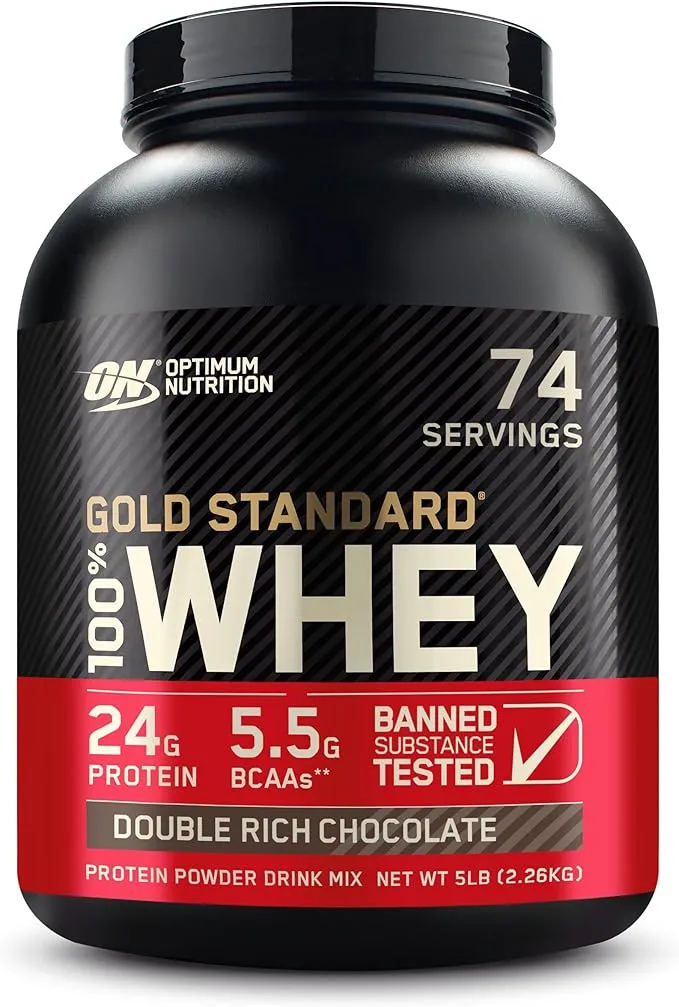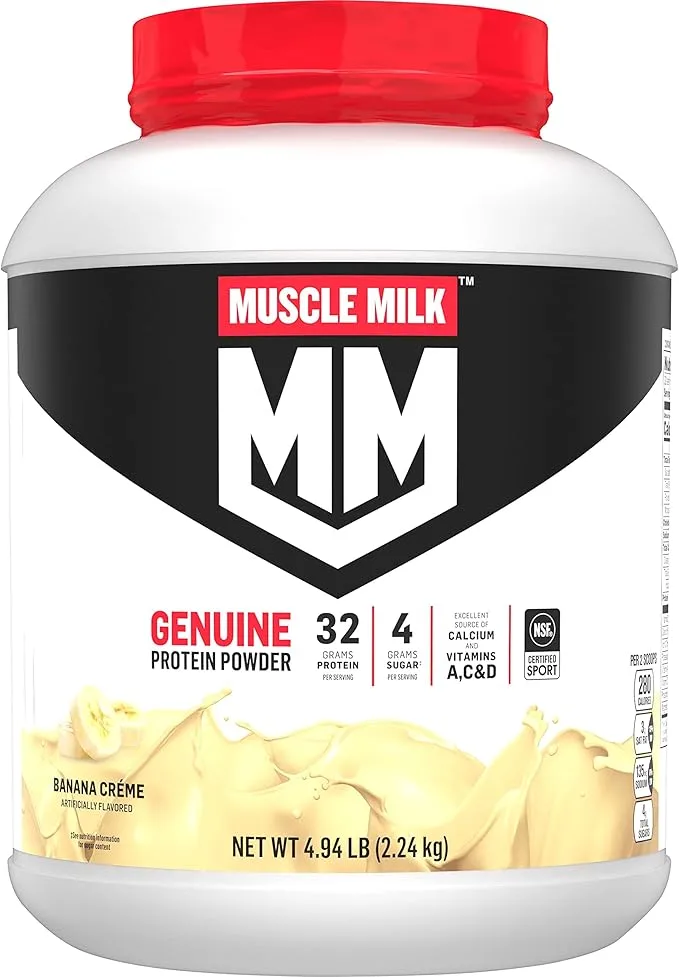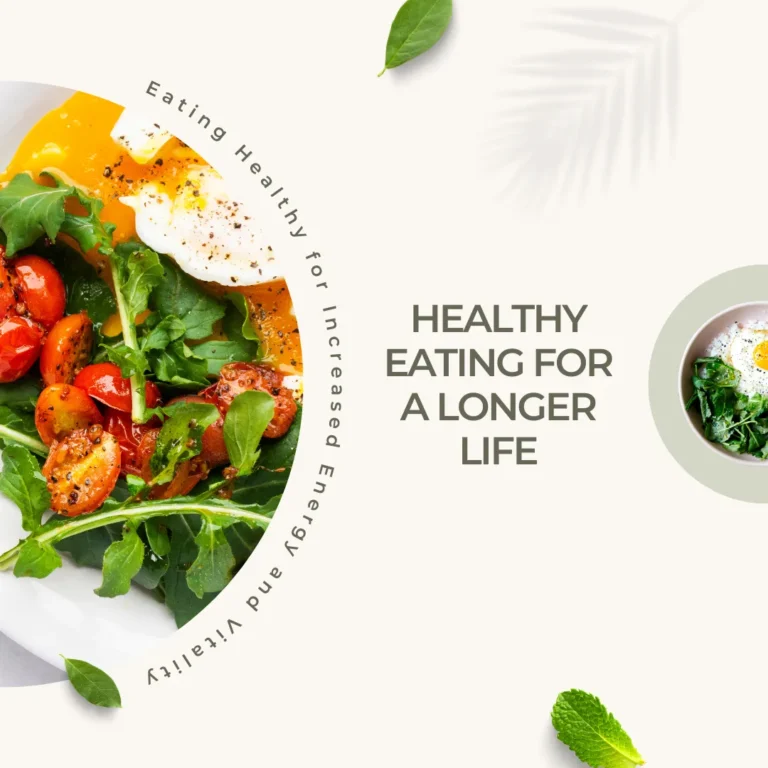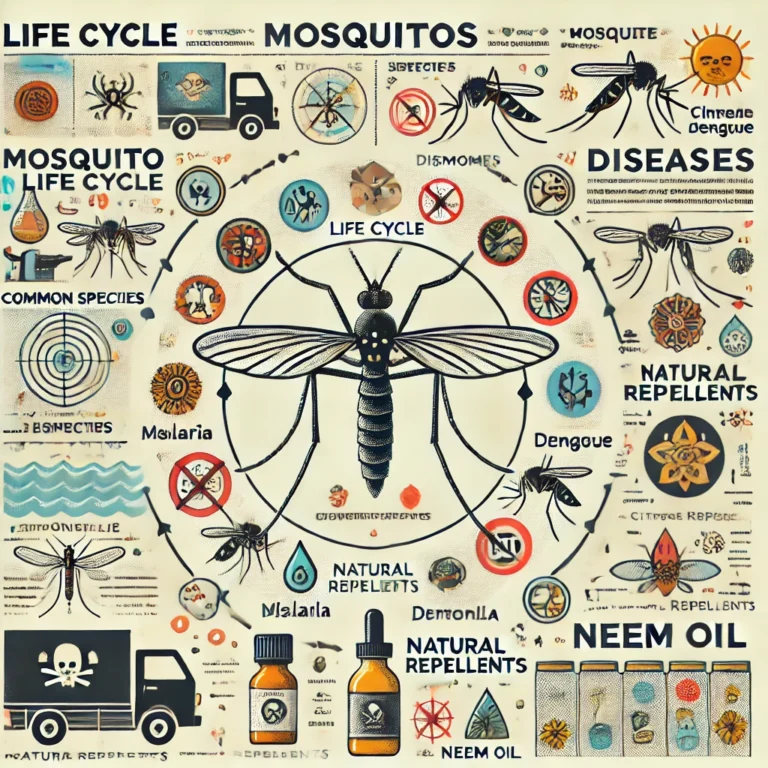What foods help with menopause weight loss?
What foods help with menopause weight loss? Some people may notice weight gain during perimenopause, and losing it can be hard once menopause begins. Rather than counting calories or pounds, it’s better to focus on living healthfully.

Losing weight during and after menopause may seem impossible. Hormone changes, stress, and the aging process can all work against you. However, there are several steps you can take to make weight loss easier during this time.
Why menopause makes weight loss so hard
Menopause officially starts when a person hasn’t had a menstrual cycle for 12 months. Around this time, it may be very hard to lose weight. In fact, many people notice that they actually start putting on weight during perimenopause, which can begin a decade prior to menopause. Several factors play a role in weight gain around menopause, including:
- Hormone fluctuations. Both elevated and very low levels of estrogen can lead to increased fat storage (
- Loss of muscle mass. This occurs due to age, hormonal changes, and decreased physical activity.
- Inadequate sleep. Many women have trouble sleeping during menopause. Poor sleep is linked to weight gain
- Increased insulin resistance. Women often become as they age, which can make losing weight more difficult
What’s more, fat storage shifts from the hips and thighs to the abdomen during menopause. This increases the risk of metabolic syndrome, type 2 diabetes, and heart disease Therefore, strategies that promote the loss of abdominal fat are particularly important at this stage of life.
Summary
Menopause may lead to hormonal changes, loss of muscle mass, poor sleep, and insulin resistance. These effects may, in turn, increase the risk of weight gain.
Healthy Foods Women Should Eat During Menopause
What foods help with menopause weight loss? Menopause is known for ushering in a host of physical changes, including some that will likely impact your diet.
Most menopausal women are losing muscle mass and their metabolism is slowing down, says Erin Coates, RD, a registered dietitian and health coach at the Cleveland Clinic in Ohio. “Women going through menopause don’t need as many calories as they did when they were younger,” she says. “Portion control across the board is the No. 1 recommendation for women that age.”
Here are seven foods that can help you control your weight, reduce the risk of chronic conditions, or even manage some of the symptoms that can come with menopause.
1. Fortified Yogurt
Yogurt can be a great source of vitamin D and calcium, says Coates. This vitamin-and-mineral combo shores up bone health and also helps keep other bodily systems and organs functioning, including your muscles, heart, and nerves, she says.
Vitamin D isn’t naturally found in most foods, according to the National Institutes of Health . Fortified foods — those with added nutrients or vitamins — provide most of the vitamin D in our diet, according to the NIH. Milk is the most common example, as almost all of the U.S. milk supply is voluntarily fortified with 100 international units (IU) per cup.

LevelUp Creamer, with Energizing MCT Oil.
Collagen Peptides, Keto Coffee Creamer, Supports Natural Energy & Ketone Production – Vanilla Sweet Cream, 22.5 oz
Summary
Yogurt provides calcium and vitamin D for bone and muscle health. Fortified foods like milk are key sources of vitamin D.
2. Lean Protein
Chicken, turkey, fish, beans, and legumes are all good sources of lean protein, which can keep you fuller, longer. By upping your protein intake, you’ll be less hungry later on and less likely to overeat, which can help lower the risk of weight gain, says Coates.
Optimum Nutrition Gold Standard 100% Whey Protein Powder, Double Rich Chocolate, 5 Pound (Packaging May Vary)
- Packaging May Vary – New look, with the same trusted quality
- GOLD STANDARD 100% WHEY BLEND – 24g blended protein consisting of whey protein isolate, whey protein concentrate, and whey peptides to support lean muscle mass – they don’t call it the GOLD STANDARD of quality for nothing
- OVER 5G OF BCAAS – help build lean and strong muscles with naturally occurring BCAAs.


Muscle Milk Genuine Protein Powder, Banana Crème, 32g Protein, 4.94 Pound, 32 Servings.
- Contains one (1) 4.94 pound cannister (about 32 servings) of Muscle Milk Genuine Protein Powder.
- Muscle Milk Genuine Protein Powder supplies your body with high quality protein to support post-workout recovery.
- KEY FEATURES – Based on 1 serving, Muscle Milk Genuine Protein Powder contains 32g high-quality protein, 2g sugar, and an excellent source of Calcium and Vitamins A, C & D
3. Salmon
This fish is a great source of omega-3s and healthy fats, which are important at any age, including menopause, says Coates. Some research suggests that increasing your omega-3 intake can possibly boost your mood, in part because omega-3s might lower inflammation levels in the body.
“It’s been found that people with low levels of omega-3s are more likely to have anxiety or depression,” says Coates. Boosting your omega-3s might help you manage some of the mood swings that come with menopause, she adds.
Summary
Fish rich in omega-3s and healthy fats may improve mood and reduce inflammation, helping manage menopause-related mood swings.
4. Water
Our bodies are mostly made of water, and we need to continually replenish it. As we get older, beginning at about age 20, the amount of water in our bodies can decrease. “This makes us susceptible to dehydration, which can lead to low energy levels,” says Coates. The resulting fatigue can make menopause symptoms even worse.
5. Spinach
This leafy green is one of the best food sources of magnesium, says Coates. Just 3.5 oz of spinach packs 93 milligrams (mg) of magnesium, the USDA notes, which goes a long way toward the daily recommendation of 320 mg for women over age 30.
Magnesium is one of the most abundant minerals in the body and is needed for hundreds of enzymes to do their work, she says, including protein synthesis, blood pressure regulation, and muscle and nerve function.
6. Almonds
Almonds are a good source of both protein and fiber: Just 50 g of almonds (less than ½ cup) packs 10.7 g of protein and 5.4 g of fiber into 313 calories, notes the USDA.
That’s an especially ideal ratio for fiber, according to the Academy of Nutrition and Dietetics, which recommends that women should aim to eat 14 g of fiber for every 1,000 calories they consume.
7. Quinoa
Whole grains are part of a healthy diet for women going through menopause, says Coates. Quinoa contains protein, fiber, B vitamins, and magnesium. Plus it’s a gluten-free grain that has a higher nutrition value than most traditional grains, she says.
Bonus: The fiber and protein found in quinoa can help boost your satiety levels, says Coates.
Diet tips that work
Here are a few other tips that can help with weight loss during menopause or at any age.
- Eat plenty of protein. Protein helps keep you full and satisfied, increases metabolic rate, and reduces muscle loss during weight loss.
- Include dairy in your diet. Research suggests that dairy products can help you lose fat while retaining muscle mass.
- Eat foods high in soluble fiber. Consuming high fiber foods like flaxseeds, Brussels sprouts, avocados, and broccoli can help increase insulin sensitivity, reduce appetite, and promote weight loss.
- Drink green tea. Green tea contains the compounds caffeine and epigallocatechin gallate (EGCG). They may help you burn fat .
- Practice mindful eating. Mindful eating may help reduce stress and improve your relationship with food, so you end up eating less
Summary
Eating mindfully and consuming foods and beverages that support weight loss can help you lose weight during menopause.





